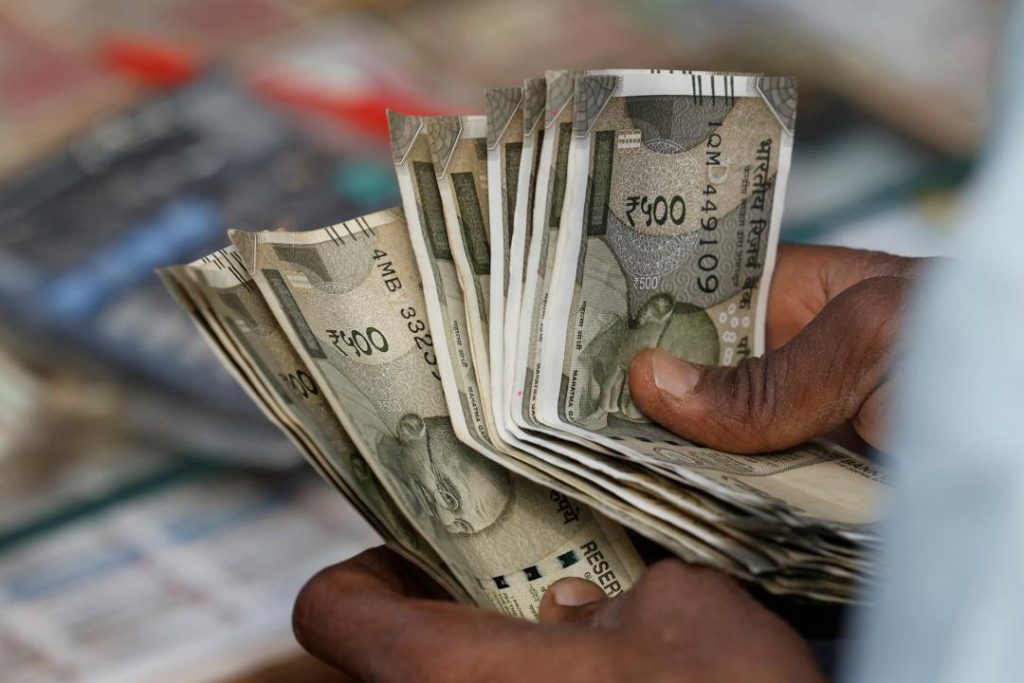
What Got Cheaper & Costlier in March as CPI Falls to 67-Month-Low of 3.34%?
The Consumer Price Index (CPI) in India has reached a 67-month low of 3.34% in March, indicating a significant decline in retail inflation. The recent data released by the Ministry of Statistics and Programme Implementation has revealed that the prices of various essential commodities have undergone changes in March. While some items saw a considerable decline in prices, others witnessed a marginal increase. In this blog post, we will delve into the details of what got cheaper and costlier in March, and explore the implications of this trend on the Indian economy.
Decline in Prices of Essential Commodities
The prices of eggs, vegetables, and pulses saw a considerable decline in March, contributing to the fall in CPI. These essential commodities are a staple in most Indian households, and their prices have a significant impact on the overall inflation rate. The decline in prices of eggs, vegetables, and pulses can be attributed to improved supply and better harvesting conditions, which have led to an increase in their availability in the market.
Other essential commodities that saw a decline in prices include spices, meat, fish, and housing. The prices of these items decreased marginally in March, indicating a slight easing of pressure on household expenses.
Prices of Fruit See a Sizeable Jump
On the other hand, the prices of fruit saw a sizeable jump in March, contributing to the marginal rise in CPI. The increase in fruit prices can be attributed to factors such as imperfect weather conditions, pests, and diseases affecting the crop, leading to a decline in their yield and availability.
Marginal Rise in Prices of Other Commodities
The prices of cereals, milk, oil, sugar, confectionery, clothing, snacks, sweets, pan, tobacco, footwear, fuel, health, and education saw a marginal rise in March. While this increase is not significant, it still has an impact on household expenses and the overall inflation rate.
Implications of the Trend on the Indian Economy
The decline in CPI to a 67-month low of 3.34% has significant implications for the Indian economy. Firstly, it indicates that the economy is moving towards a phase of moderate growth, with a stable inflation rate. This trend is expected to continue in the short term, providing a boost to consumer spending and business confidence.
Secondly, the decline in prices of essential commodities such as eggs, vegetables, and pulses is expected to benefit low-income households, who spend a significant portion of their income on these items. This trend is expected to improve their purchasing power and overall standard of living.
Thirdly, the marginal rise in prices of other commodities such as fruit, cereals, and milk is expected to have a limited impact on the overall inflation rate. However, it still requires close monitoring to ensure that these prices do not spiral out of control and affect household expenses.
In conclusion, the CPI data for March has revealed a mixed trend, with prices of eggs, vegetables, and pulses declining significantly, while those of fruit, cereals, and milk seeing a marginal rise. The decline in CPI to a 67-month low of 3.34% is expected to have a positive impact on the Indian economy, improving consumer spending and business confidence. However, it is essential to closely monitor the prices of essential commodities to ensure that they remain stable and do not affect household expenses.






